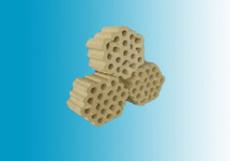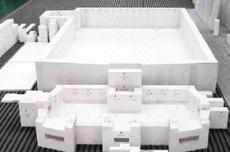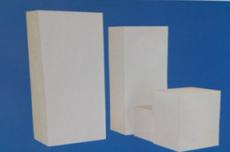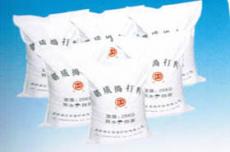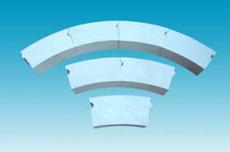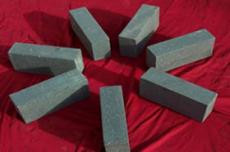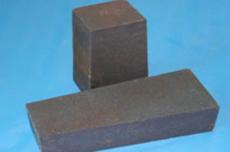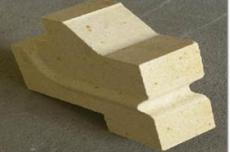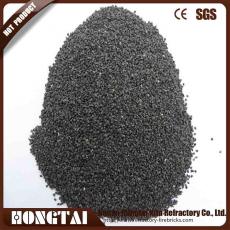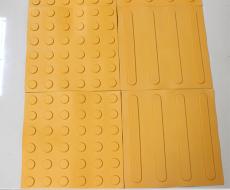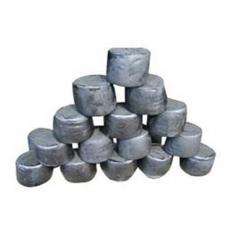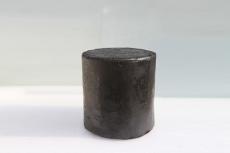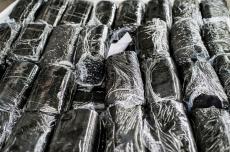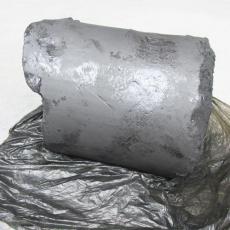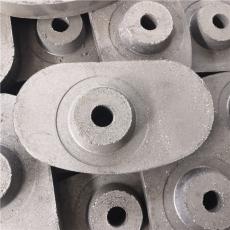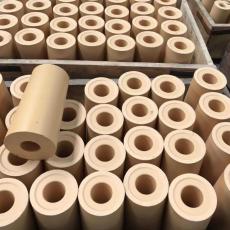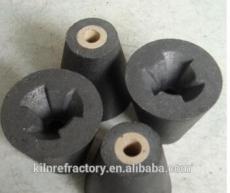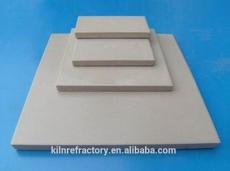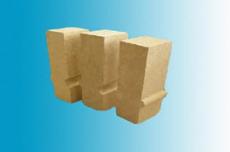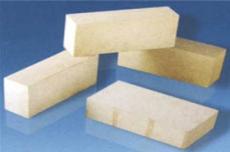
The maximum temperature of the glass furnace melting pool is 1570~1610℃. The safety limit usually depends on the specific glass composition and the softening point of the silica brick, which begins to soften and drip at 1620°C. The bricks above the glass liquid generally use silica bricks instead of other more high-temperature resistant materials. The reason is that in addition to its high-temperature strength, its ablation products are also compatible with glass, while other refractory materials can easily produce inconsistencies. Molten stones and other inclusions.
Under the parapet and glass liquid surface, most refractory materials are now used that are denser than glass and are very dense. Their ability to resist the erosion of glass liquid is far better than the refractory materials used in the past. All refractory materials below the glass liquid level of the melting pool must be forced to cool outside due to their short life, especially at the glass liquid level line where the corrosion rate is greatest. As the furnace ages, when other dangerous parts expand, cooling air must also be added to these parts, and the air volume must be gradually increased.
Any surface of a refractory brick in contact with hot glass liquid is the source of defects. Therefore, the trick in furnace design is to avoid covering a piece of refractory material as much as possible. Be sure to expose one surface to the air to dissipate heat. out. For example, the pavement bricks at the bottom of the kiln must not float to prevent glass from entering under the bricks. The same is true for the silica bricks covered with insulation materials on the kiln floor mentioned above.
The batch material is put in from the rear end of the melting pool and floats forward until it is completely melted, usually in the third pair of burner areas. The hot spot of the furnace is usually in the middle and moves forward in proportion to the amount of cold batch input, possibly to the third pair of flame outlets.
The most severely corroded refractory material is in the area of the first two pairs of flame outlets of the floating pile, where the grid is also most likely to be clogged. Clarifiers are the areas least exposed to erosion, and this area is usually unfired.
The function of the bridge wall is to separate two different temperature zones, and it is also used as a skimmer. The glass liquid flows out through the flow hole.
The flow hole plays a big role in cooling, which reduces the melting temperature of the glass liquid from 1540 to 1590°C to the temperature in the clarification tank of about 1260 to 1310°C. The forehearth is a temperature-controlled channel connected to the clarified discharge hole. Its function is to reduce the temperature of the glass liquid to about 1100°C to supply the gob forming requirements.
